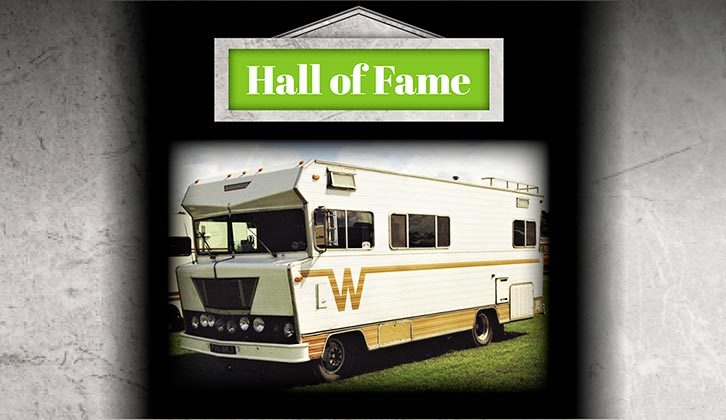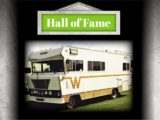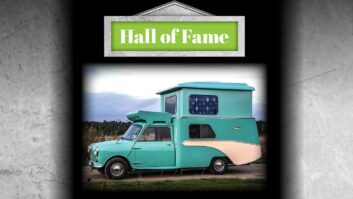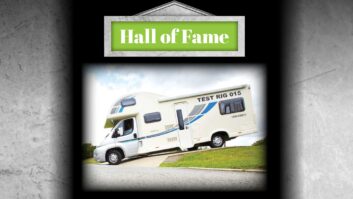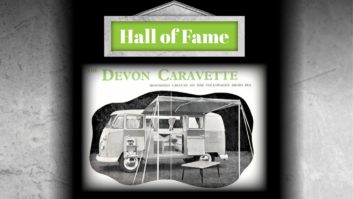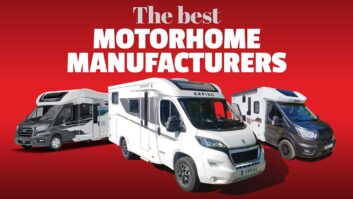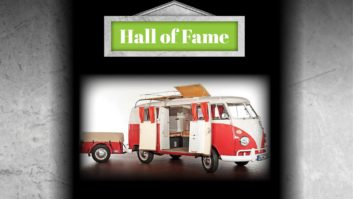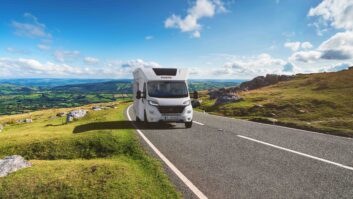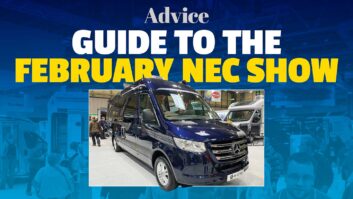In a similar way to the Bluebird Highwayman, Winnebago was a major catalyst in popularising coachbuilts, only this time it was A-class models and ‘across the pond’ initially, and then globally.
In 1958, Forest City, Iowa, businessman John K Hanson brought a small travel trailer company, Modernistic Industries, to the city in a bid to bolster a flagging economy. He became the manager and in 1960 renamed the company Winnebago, after the river, county and Native American Nation.
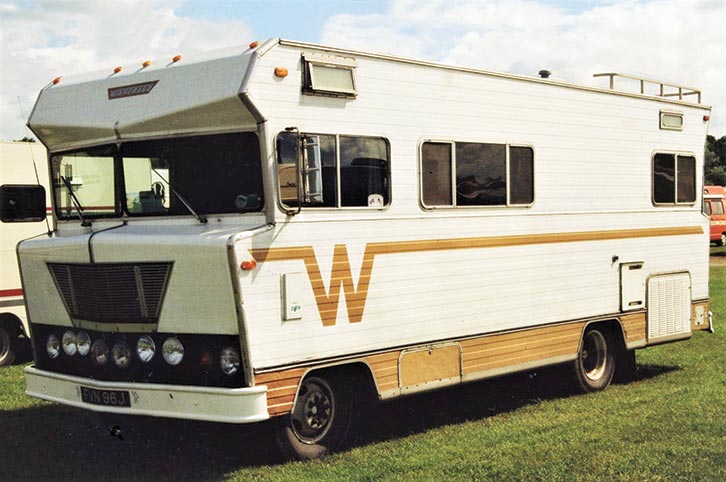
Six years later, following warp factor expansion, Winnebago launched its first A-class motorhome, the F17 on a Ford chassis. Assembly line production mirroring the car industry enabled it to go on sale for less than half the price of the competition, making it affordable for ‘ordinary folk’.
Efficiency savings were achieved with its industry-leading Thermo Pane bonded-sandwich side panels. That said, the result was rather boxy and they had a permanent frown, which is why they were nicknamed ‘Beetle Brows’.
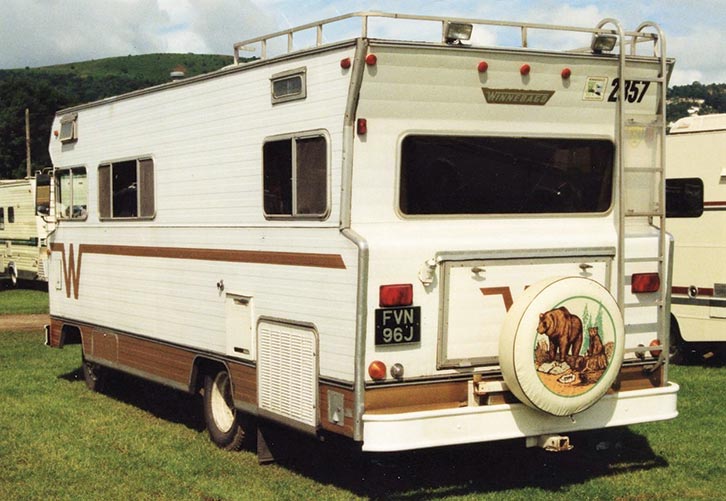
Original models were known by a series letter and their length. It wasn’t until the early 1970s that Winnebago settled on the Brave moniker for its VFM range. By then, ‘Winnebago’ had become a generic term for all American RVs.
Winnebago Brave and predecessors (Beetle Brows) built in Forest City, Iowa, US. All rear-wheel drive via three-speed automatic transmission.
- Overall length: 5.18m (17’ 0”) to 7.77m (25’ 6”).
- Most popular drivetrains: Dodge V8 5.2-litre petrol and Chevrolet V8 5.7-litre petrol.
If you liked finding out about the Winnebago ‘Beetle Brows’, why not read these:
- Gentleman Jack fills us in on the Adria Van Win/Twin in another entry of the Practical Motorhome Hall of Fame.
- Take a look at our review of the Carthago Chic C-Line I 4.9 Le L Superior, an A-class from 2022 that oozes quality.
If you’ve enjoyed reading this article, why not get the latest news, reviews and features delivered direct to your door or inbox every month. Take advantage of our brilliant Practical Motorhome magazine SUBSCRIBERS’ OFFER and SIGN UP TO OUR NEWSLETTER for regular weekly updates on all things motorhome related.
